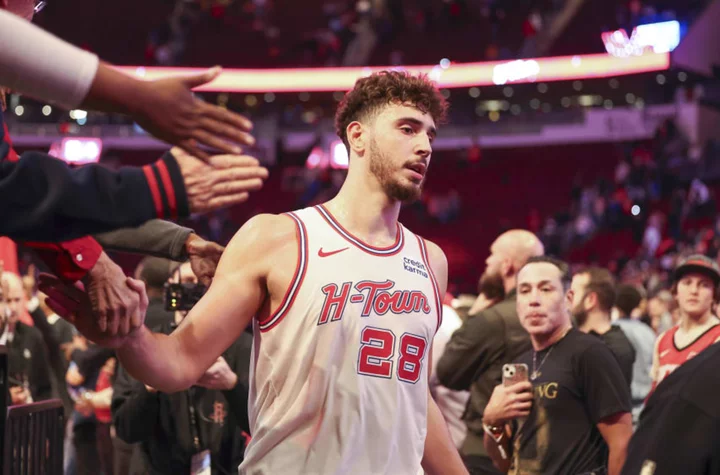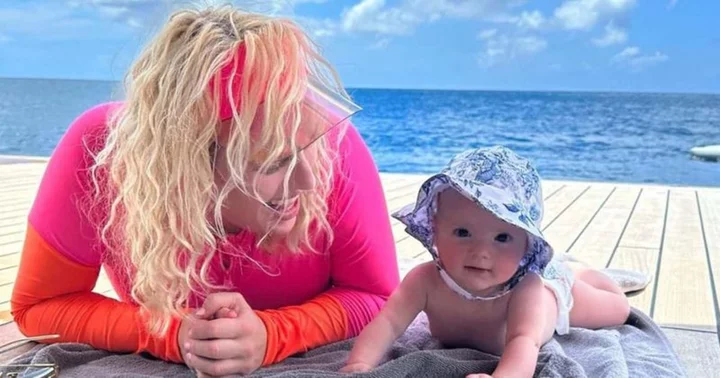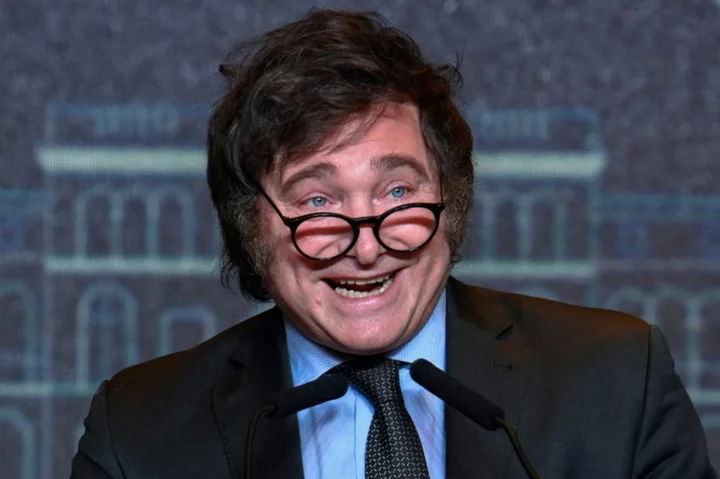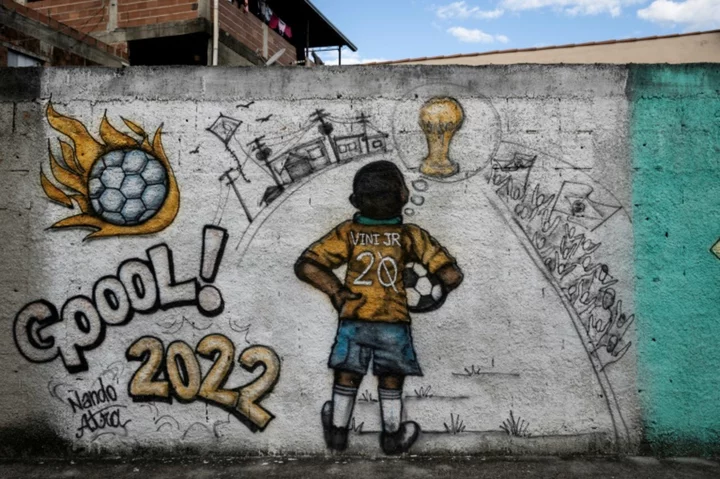It can be difficult to provide a precise definitiion for any NBA award, but Most Improved Player takes the cake for most difficult. There are unwritten rules baked into the fabric of the race. For example, second-year players are often excluded, as they don't fit the "spirit" of the award. Now, what exactly the "spirit" of the award is, I am ill-equipped to answer.
Here at FanSided, we are going to take the award at face value. The player who made either the biggest leap or the most important leap compared to last season. That alone is open to myriad interpretations, but that's why every voter casts a different ballot. That's part of the fun.
Here's how the MIP race looks in Week 5 of the NBA season.
NBA Most Improved Player power rankings: Week 5
Honorable mentions: Paolo Banchero, Jalen Johnson, Cam Thomas, Bam Adebayo, Anthony Edwards
The Orlando Magic are 13-5, one game behind the first-place Celtics in the Eastern Conference. It's fair to bit dubious about Orlando's ability to sustain its current pace, but the Magic have won eight straight with victories over Boston, Denver, and Indiana. There's credit to go around.
Paolo Banchero — probably the hardest omission here — has made a serious shooting leap, which opens up the floor and empowers him more as a driver and facilitating hub. Franz Wagner is the league's most under-appreciated two-way wing. Cole Anthony might deserve Sixth Man of the Year, if we were to cast votes right now.
But, as far as Most Improved Player goes, Jalen Suggs cracks the list. Last season was a brutal, injury-plagued sophomore campaign for the Gonzaga product. There have always been flashes with Suggs, but on top of health concerns, an unreliable 3-point shot and decision-making lapses kept him from consistently impacting winning.
Now, he's on the All-Defense shortlist while averaging 13.0 points and 2.7 assists on .450/.373/.837 splits in 27.2 minutes. Suggs has emerged as one of the league's top complementary guards, leading the charge with spirited defense, hitting spot-up 3s, kickstarting transition offense with his speed, and passing teammates open. This is, more or less, the guard Orlando meant to select with the No. 5 pick a couple of years ago. Suggs may never elevate to the level of offensive star, but he's a locker-room leader who makes a pronounced winning impact in a supportive role.
The Toronto Raptors are entrenched in the middle of the pack. At 9-10, Toronto has the No. 11-ranked defense and No. 22-ranked offense under new head coach Darko Rajakovic. It's clear changes are imminent. Whether Masai Ujiri and the front office will be proactive or reactive about those changes, however, is another matter entirely.
If you're looking for a beacon of hope, however, it arrives in the shape of Scottie Barnes. The 2022 Rookie of the Year appeared to plateau in his sophomore campaign, but a third-year leap has elevated Barnes into the All-Star conversation. He has been a legitimate two-way force, playing the best defense of his career while carrying a heavier burden than ever on offense.
Barnes is a legitimate All-Defense candidate, averaging 1.6 steals and 1.3 blocks. He is protecting the rim from the weak side, erasing passing lanes with his 7-foot-3 wingspan, and playing staunch on-ball defense when called upon. He has the luxury of an elite wing defender (O.G. Anunoby) and impactful rim protector (Jakob Poeltl) behind him, but Barnes' activity level on defense deserves commendation.
On offense, Barnes has elevated along with his jumper. He's splashing pull-up mid-range shots on the regular, combined with career-best volume (5.0 per game) and efficiency (.379) from 3-point range. Creating both for himself and for teammates, Barnes is starting to deliver on the promise of the ultra-modern, multi-faceted wing the Raptors were angling for with the No. 4 pick in the 2021 draft.
Tyrese Maxey was always going to average more points and assists without James Harden, but his actual improvement has been wonderous to behold. He looks perfectly comfortable at the controls for the Philadelphia 76ers' offense. Joel Embiid's playmaking leap certainly helps, but Maxey has been seamlessly running pick-and-rolls and perfecting two-man actions with his MVP center.
With one of the league's best 3-point strokes and a blistering first step, Maxey doesn't have much trouble pressuring the rim. That said, his ability to react to different coverages and make decisions on the fly has vastly improved compared to last season. He looks like a legitimate point guard, averaging 6.7 assists to only 1.6 turnovers. His ability to limit mistakes while shouldering the heaviest workload of his career (26.6 USG%) is no small feat.
Maxey has made the 'point guard' adjustment while also ratcheting up his scoring volume, averaging 27.0 points on .464/.396/.899 splits in a league-high 38.4 minutes per game. Nick Nurse tends to lean heavily on his stars, so expect Maxey to continue pacing the league in playing time. His shooting percentages have curtailed slightly in recent weeks, but he still outpaces the majority of his peers on the efficiency front.
So, the Sixers have a perennial All-Star on their hands. Maxey has been better than even the most optimistic fans dared hope. He's not a James Harden replacement, but he's a damn effective playmaker who has helped the Sixers maintain their winning ways sans Harden's facilitation skills. Maxey was always a primary beneficiary of Harden. For him to look so good, so soon after Harden's departure is a major credit to his work ethic and self-belief.
Tyrese Haliburton made his first All-Star appearance last season. It was clear the Indiana Pacers had a foundational piece — a locker room leader whose on-court style benefitted all. He's a singular teammate booster, with a selfless approach to offense and a 3-point shot to match any in the league in efficiency and volume, if not aesthetic value.
Still, there was no telling Haliburton would be this good. He has made essentially the same scoring leap as Maxey (20.7 last season to 27.0 this season) on better efficiency (.519/.447/.880) and in fewer minutes (33.9). He also leads the NBA in assists per game (11.8). This award should have belonged to Haliburton last season. Now, instead of going from high-end starter to All-Star, he's going from All-Star to MVP candidate. It's time to restart the awards campaign.
The Pacers are 9-8 for reasons largely beyond Haliburton's control. He is helming the NBA's No. 1-ranked offense, but Indiana also owns the NBA's 29th-ranked defense. Haliburton could stand to improve on defense, but he's legitimately on the shortlist of most impactful offensive engines in the NBA right now. It's too early to float comparisons to Steph or Jokic, but that's where Haliburton's shooting numbers are. He's starting to feel like a walking top-five offense.
The importance of the leap should be weighed equally to the size of the leap. Haliburton has ascended to the level of legitimate No. 1 option on a title contender. The Pacers need to improve the team around him, but there should be no doubt that Haliburton can influence winning at the highest level. He deserves a lot more love in this race.
The No. 1 spot — for now — belongs to Houston Rockets center Alperen Sengun. It's difficult to quantify the best correlation between scale and importance of a player's improvement, but Sengun went from a misunderstood and poorly situated oddity under Stephen Silas to a legitimate competitive engine under Ime Udoka. We're only a fifth of the way through the season, and Sengun has the look of a perennial All-Star and the Rockets' undisputed best player.
Houston is 8-8 with the NBA's No. 16 offense and No. 6 defense. Youth will continue to limit the Rockets' ceiling in the short term, but it's easy to buy the culture changes under Udoka. Sengun isn't the only young player to show marked improvement. He is, however, the only Rockets player leading the team in points (21.0) and rebounds (8.9) while averaging 5.6 assists to 2.7 turnovers. Sengun is scoring efficiently at all three levels (.563/.308/.667) while embracing the interior playmaking hub role he was always meant to play.
It's easy to draw comparisons to Sengun and fellow European import Nikola Jokic. Both are endlessly creative 7-footers with preternatural instincts for playmaking. Jokic is more practical and workmanlike. He's not immune to the occasional behind-the-back dime, but Sengun can match LaMelo Ball in the flare department. Sengun loves to embarass the defense and put together a highlight reel. He's also nowhere close to Jokic's level, obviously, but it is fun to see this new age of playmaking centers take over.
Sengun can read passing angles better than just about any center not named Jokic. Combine that with balletic footwork, rollicking strength, feather-soft touch, and the occasional well-timed burst of explosiveness at the rim, and he's one of the best offensive bigs in the NBA. He is the head of the snake in Houston, and a very worthy candidate for this award.









